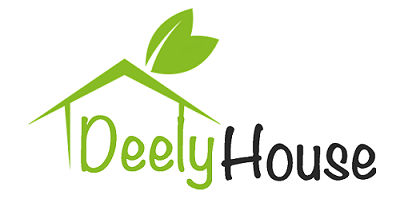Modern offices are bright and collaborative. Instead of isolated cubicles and thick walls, wide expanses of glass foster openness and shared purpose. This architectural revolution is driven by sliding glass systems, which provide unmatched flexibility in defining and reinventing conference rooms, private offices, and collaborative spaces. Today’s workplace borders are changing. This aesthetic progression created practical issues, since previous systems typically failed to provide the security and dependability needed in a professional context. Luckily, improved track-locking technologies have solved these historical issues, ushering in an age when design beauty is finally matched by uncompromising performance and safety.
Getting Past Yesterday’s Weaknesses
Anyone who has used older commercial sliding glass doors knows their shortcomings. Frustration and insecurity were common. Many early systems were top-hung without a floor guide, causing a perilous wobble and noisy rattling with every movement or heavy draft, producing distractions and a fragile appearance. In contrast, bottom-rolling systems had tracks that attracted dirt, dust, and debris, causing judder, jamming, and the danger of the door derailing. The biggest difficulty was security. An afterthought, locking mechanisms were often hook latches or fragile pin locks that gave little resistance to force and did nothing to prevent slippage, when a door slowly drifted open, compromising privacy and security.
Engineering Stability: Modern Systems’ Heart
The door panel-track connection must be redesigned to remedy these prior failures. Modern sliding glass systems from the glass office company use advanced track-locking technology to minimize slippage and improve safety by integrating the unit. These innovative systems incorporate the security mechanism directly into the precision-machined track, eliminating the need for a weak locking point. Multi-point locking systems that engage at the top, bottom, and side jamb simultaneously distribute force equally, making the door virtually hard to open. Standard features include intelligently constructed hooks and roller assemblies that grasp the track firmly, keeping the panel properly aligned and preventing it from being dragged out of its housing. This strong connection keeps the door where you placed it, locked or unlocked, avoiding drift and creating a solid barrier.
New Safety and Serenity Standard
This technological advancement improves workplace safety and user experience, not merely locking a door. Legal, financial, and executive tasks need the trust that a closed conference room is safe for delicate talks and private work. Intelligent systems generally utilize hydraulic or pneumatic soft-close and soft-open dampeners to guide the door to a quiet halt, reducing banging and expressing high quality. High-performance rollers on clean, sturdy tracks glide smoothly, making the systems simple to use. The emphasis on a smooth user experience and solid locking produces a serene and trusting atmosphere where architectural aspects actively help to a more productive and safe working.
Clear and Confident Future Design
Track-locking technology for sliding glass systems has freed architects and interior designers to create open, versatile, and attractive workspaces without compromise. Since a strong and trustworthy mechanical intelligence underpins stunning floor-to-ceiling glass barriers that cover whole workspaces, they may confidently select them. The debate no longer pits aesthetics against security or flexibility against stability. From simple latches to complex, integrated security systems, architects may create large, transparent spaces without sacrificing corporate safety and secrecy. These secure sliding systems will be essential as workplaces become smarter and more responsive, indicating that the safest road is ahead.

